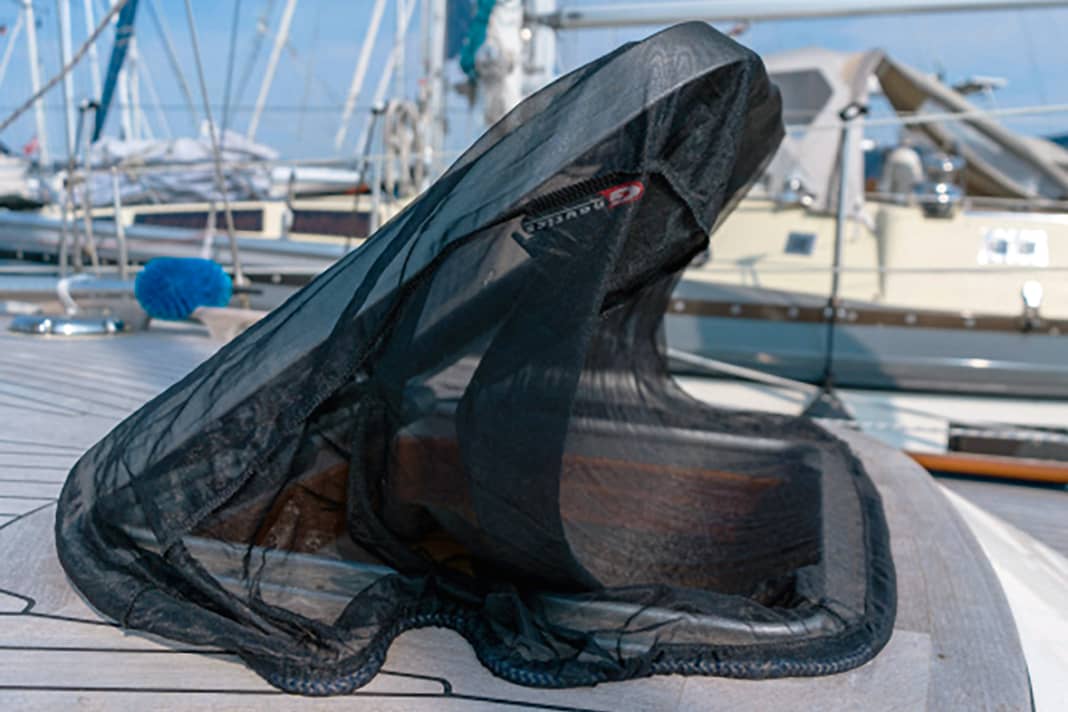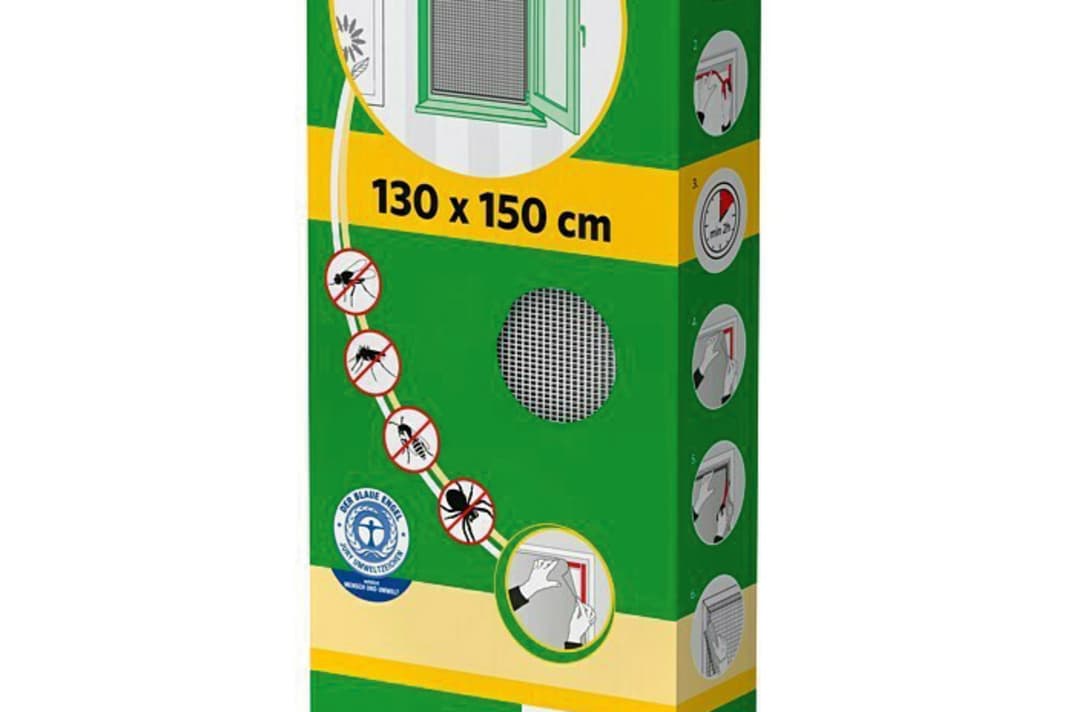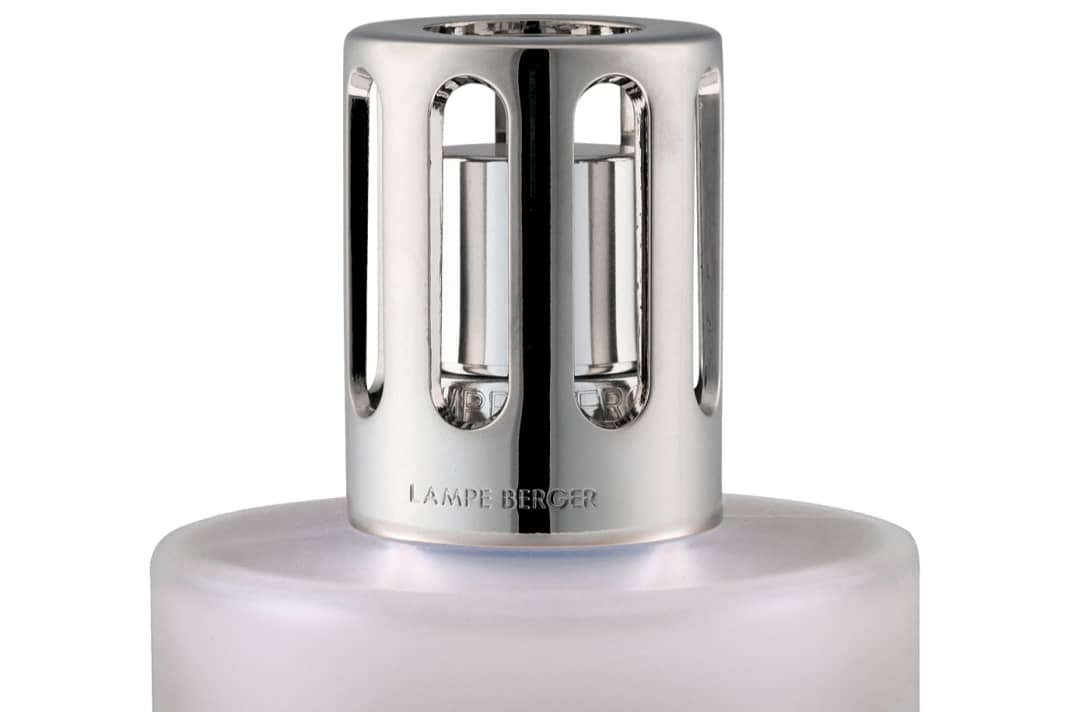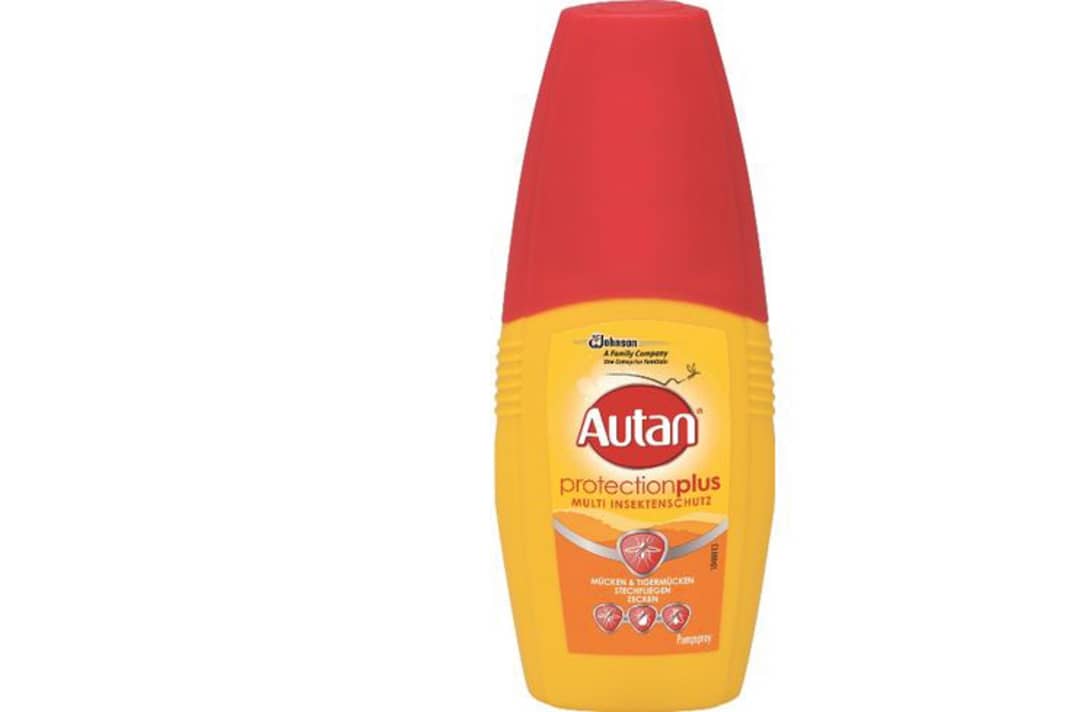





In this article:
When the anchor drops after a long summer's day on the boat, midges are usually not long in coming. Especially in light winds and close to shore, the bloodsuckers can put an abrupt end to the most beautiful evening. Escaping below deck can help, but with the bulkheads and hatches closed, it quickly becomes unbearably warm in summer - a horror. In most cases, the annoyance of the unpleasant evening doesn't stop there; the itchy bites can still bother you the next day.
There are various ways and means of avoiding this and being able to enjoy the summer even in areas with lots of mosquitoes. They can be roughly categorised into the prevention of bites and the right aftercare if prevention has not worked. The first thing that comes to mind are sprays from Autan and Co. They are not only effective against mosquitoes, but also other biting insects and even ticks. Sprayed onto the skin, a special fragrance repels the bloodsuckers and the protection lasts for several hours. The so-called repellents often contain Icaridin (Autan) or DEET (Anti Brumm). The latter has a reputation for being more effective, but DEET (diethyltoluamide) can cause skin irritation. It is therefore recommended for tropical regions.
Climate change harbours health consequences
In the Mediterranean or the Caribbean, there are mosquitoes that can transmit malaria or dengue fever. Therefore, the benefits clearly outweigh the possible side effects. In the North and Baltic Sea region, there have been no known transmissions of dangerous viral diseases through mosquito bites. However, this issue may become more important in Northern Europe in the future as a result of climate change.
There are also essential oils, for example from the tea tree, which are supposed to repel insects. However, the effect is not as effective. Like other repellents, they also target the mosquitoes' sense of smell. They are particularly attracted by the carbon dioxide in the exhaled air and decomposition products from body sweat. If these odours are masked by flavours that mosquitoes don't like, this can mean the difference between a pleasant sundowner in the cockpit or completely stung legs. Experts therefore recommend a shower to wash off the sweat.
First the sun cream, then the mosquito spray
In general, sun protection should not be forgotten when using mosquito sprays. The correct order: first apply the sun cream; once this has been absorbed, apply the mosquito spray. Spraying too quickly after applying the UV protection can ruin the effect of the sun cream. Both should then be refreshed after bathing.
In addition to products that can be applied to the skin, there are also scented lamps, incense coils or special lamps that attract mosquitoes and then kill them either by electric shock or strong UV light. With scented lamps, you should read the instructions carefully, as an insecticide is dispersed into the air; in high doses, this can also be toxic to humans and cause discomfort. The lamps are therefore not suitable for the saloon, especially not on small boats. The same applies to the incense coil. However, these products can be very helpful in the cockpit or on the beach.
Get rid of the pests below deck
There is an easier way to get rid of pests below deck: close-meshed netting in front of the hatches and companionway. On many yachts, mosquito nets and blackout blinds are already integrated into the inner frame of the hatch, but the parts can also be retrofitted. The Hamburg-based company Sailtec, for example, offers Seaview Blinds, frames with mosquito nets and blackout blinds suitable for all Lewmar hatch sizes. However, this solution is not cheap; the Seascreen Surface Roller for a hatch measuring 50 x 50 centimetres costs 300 euros. Mosquito net inserts for Gebo hatches are available from SVB for as little as 58 euros. When not in use, however, these frames with net material must be stored separately as they cannot simply be rolled up.
Nets that can be slipped over hatches or even the companionway are even simpler to use and also cheaper. The hatch mosquito net from G-Nautic, for example, costs 59 euros for a 50 x 50 centimetre hatch; it is also available in sizes 60 x 60 and 70 x 70 centimetres. Ultramarine offers a net with lead in the hem that can be used to cover the companionway. The lead is designed to ensure that the edges fit snugly and leave no gap for mosquitoes. The net measures 180 by 90 centimetres and costs 85 euros.
The cheapest method here is to use netting material and self-adhesive Velcro tape from the DIY store. The net is then cut to size and attached around the hatch or companionway. Apart from the disadvantage that this solution may look a little makeshift, it also suffers from constant opening and closing. On the other hand, the price (from 5 euros) is unbeatably low.
If the fore hatch, superstructure window and companionway are protected against the mosquito invasion, the crew won't have to deal with the bloodsuckers, the annoying buzzing and the irritating itchy bites, at least at night. However, it is still helpful to check before going to sleep to see if a mosquito has slipped below deck. If so, a simple fly swatter can be useful.
The LED mosquito killer can also be operated below deck as it does not spread any poison. It uses a fan to generate a stream of air that sucks in the mosquitoes and then kills them with UV light.
What happens when a mosquito bites
Despite all precautions, it can happen that a mosquito finds its human victim. It uses various mouthparts to form a proboscis that can pierce a blood vessel through the skin. Inside it has two channels, one through which the insect absorbs blood and the other through which saliva is injected. The saliva contains an anticoagulant substance that prevents clotted blood from clogging the mosquito's proboscis. It is this substance that causes itching and swelling at the site of the bite.
Even if it seems too late, the measures do not stop there. For example, the mosquito's venom can be rendered harmless by slightly heating the skin area. There are various products available from pharmacies for this purpose. The HeatIt is particularly small and works in conjunction with a smartphone; the intensity can also be set in the associated app, reducing the duration of the heat treatment for children, for example. The brief heating destroys the proteins of the active ingredient from the mosquito saliva. This stops itching and prevents swelling.
A very similar effect can be achieved with special gels. Antihistamines such as dimetindene maleate in Fenistil, for example, can also alleviate allergic reactions.
Avoid the swarms of mosquitoes
In addition to all the measures already mentioned, trip planning and good time management can also ensure that the really large swarms of mosquitoes are avoided. If a night at anchor is planned and a barbecue is to be organised on the beach, it is advisable not to start too late. During the day, mosquitoes hide in places where it is damp and cooler than in direct sunlight. As soon as the sun goes down or the very long twilight sets in in the north, the mosquitoes emerge from meadows and reed beds. Anyone who has already finished barbecuing can flee on board behind the mosquito net-covered hatches at any time.
The anchor drops not too late on a perfect sailing day, taking into account the risk of mosquitoes. Then it's off into the water. This is a welcome way to cool off anyway - and it washes away the sweat that attracts mosquitoes. First we apply sunscreen and then, after about ten minutes, mosquito spray. Then we load the barbecue into the dinghy and head over to the beach.
When the sun is low and the swarm approaches, you are already done with crickets and can sit on the beach and admire the sunset or get on board while the mosquito spray is still working. If the wind is not completely calm and the anchorage has not been chosen close to the shore, this can be enough to keep the mosquitoes away in combination with an incense spiral.
What else you can do to protect yourself from mosquitoes
Long clothing that covers arms and legs and is thick enough to prevent the mosquito from biting can also provide protection. If none of this helps, it's time to go below deck, behind the nets.
However, on small boats in particular, life always takes place in the cockpit. It is also tempting to moor a dinghy right next to the reeds on the beach. This is of course exactly the habitat of mosquitoes. In this case, a large mosquito net for hanging up can be a very useful addition to your luggage. It takes up little space and can be used in a variety of ways: above the bunk, but also attached to a tree in the cockpit or even on land.
On larger boats, the purchase of such a net is highly recommended. Is there anything better than spending a cosy summer night in the cockpit under the open sky? But to ensure that this does not turn into an unforgettable experience because of hundreds of mosquito bites, simply tie the net to the main boom or dirk. The fine mesh makes the difference between a dream and a nightmare.
Mechanical protection






Repel mosquitoes with fragrances




For use on the skin





Make your own mosquito repellent






